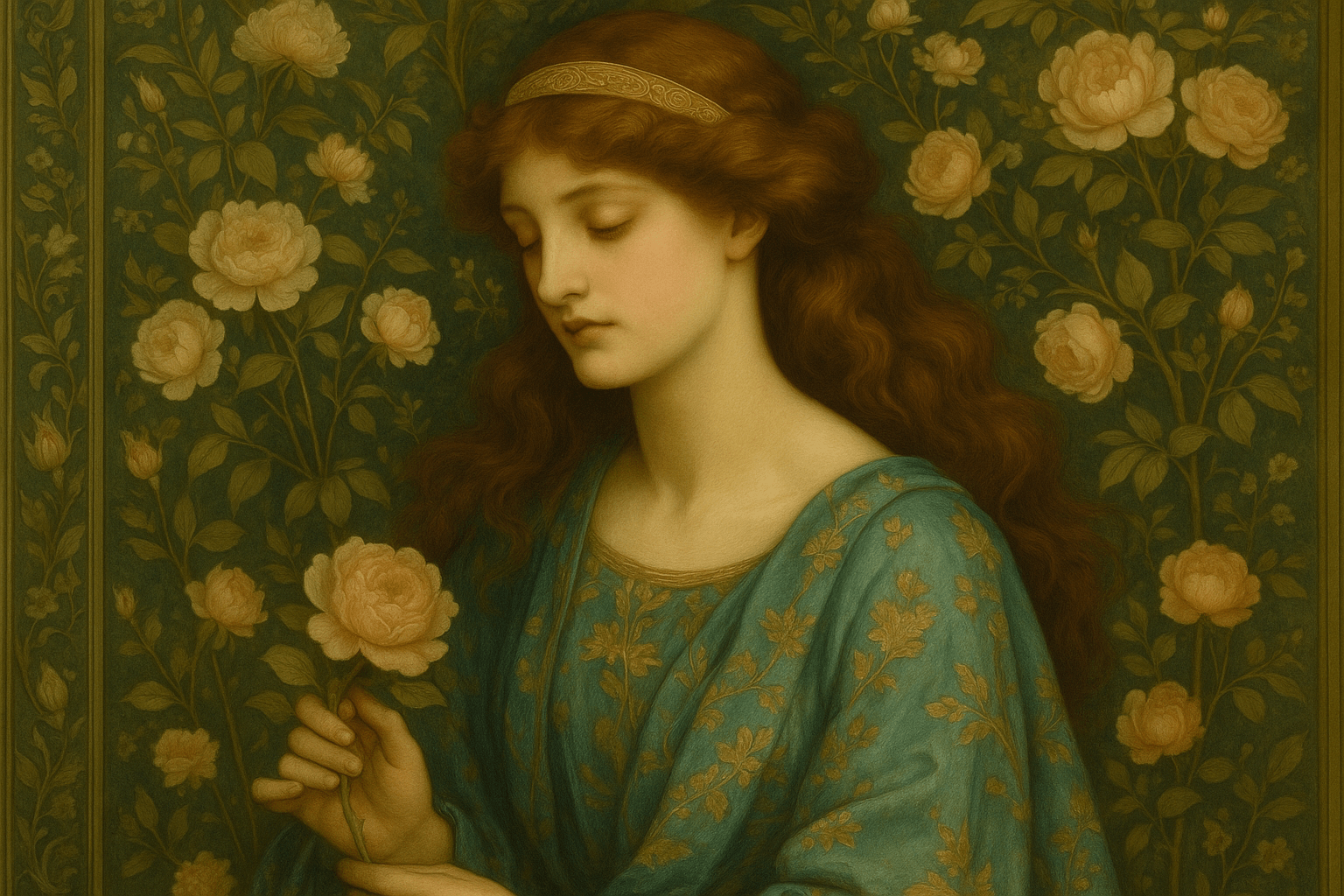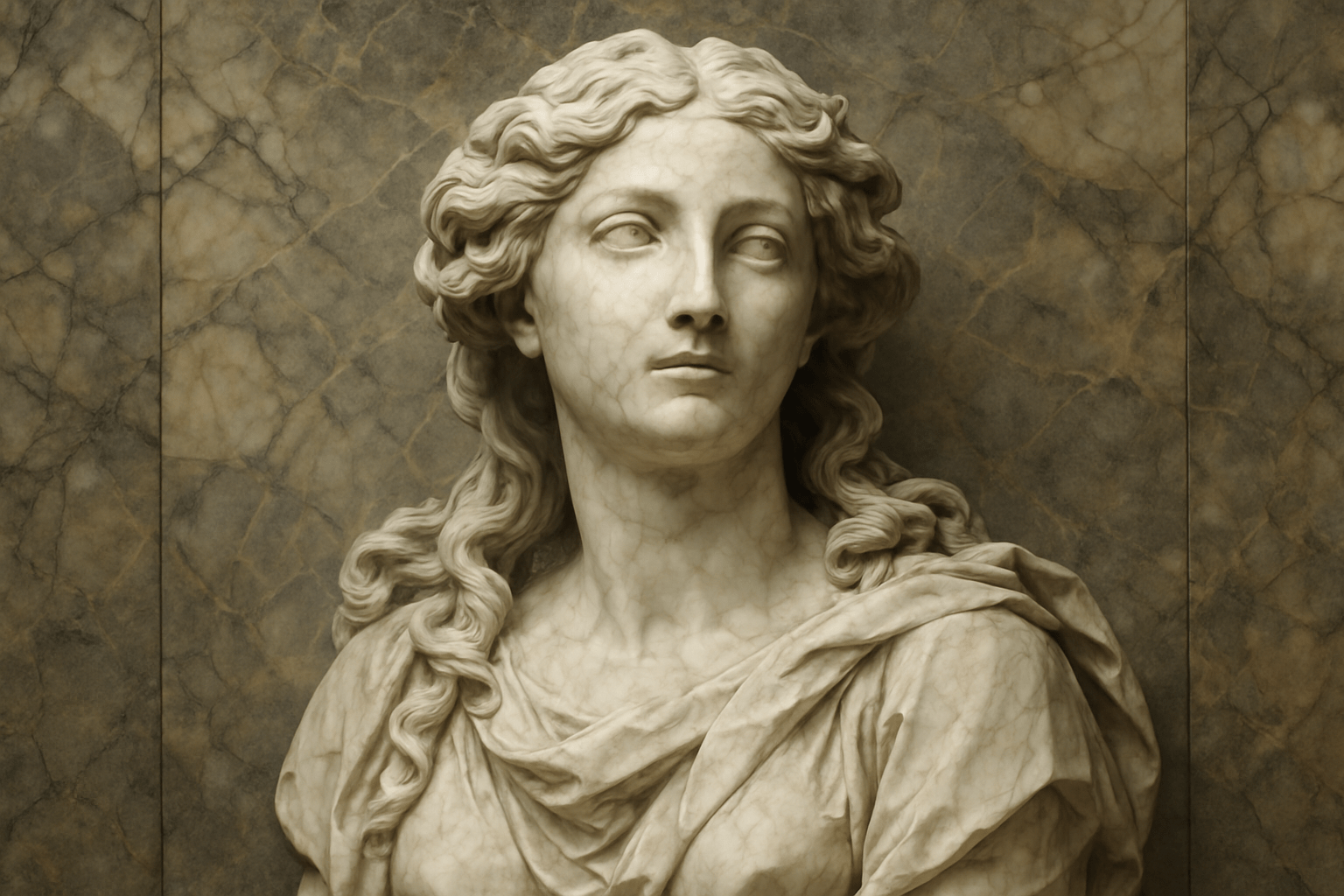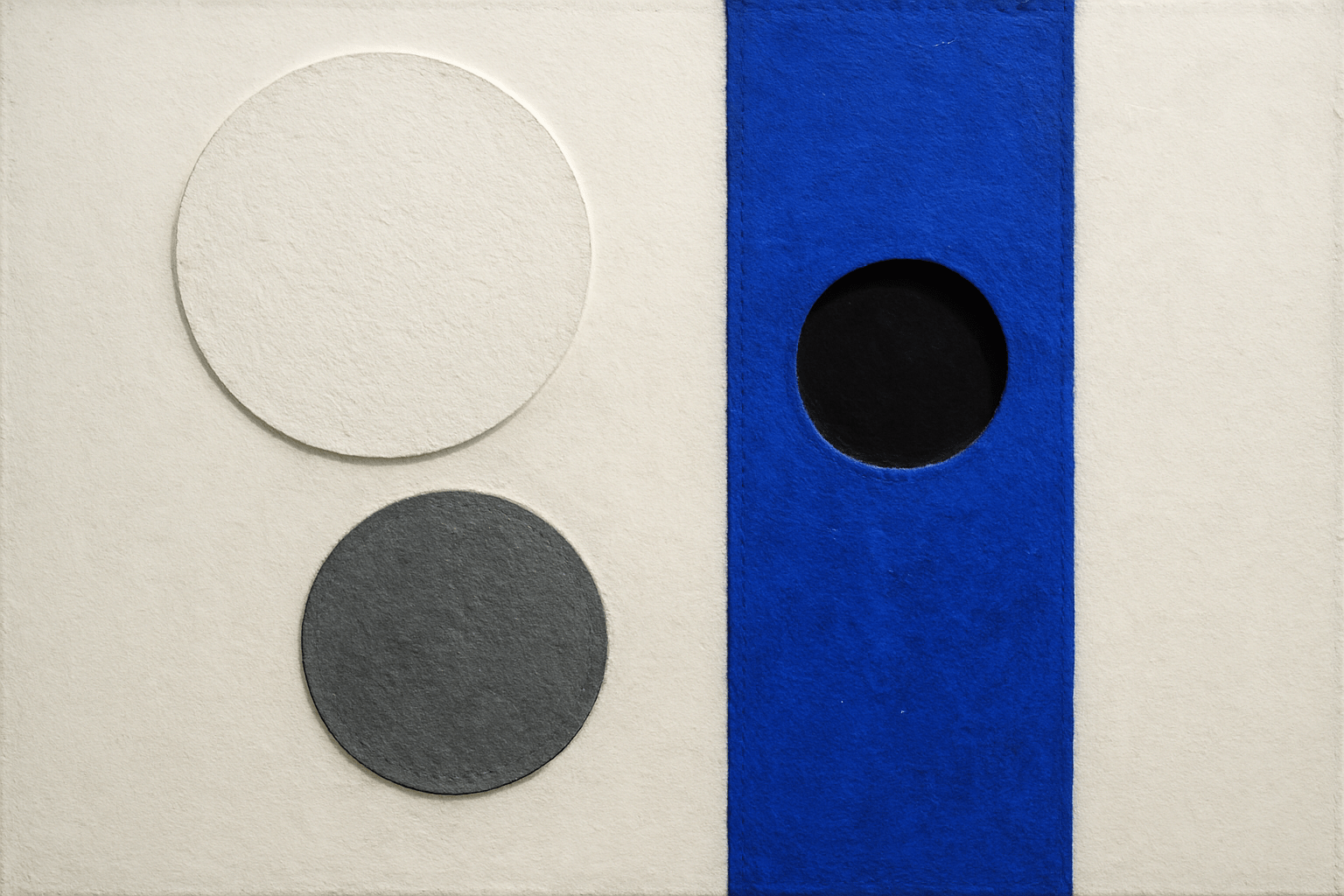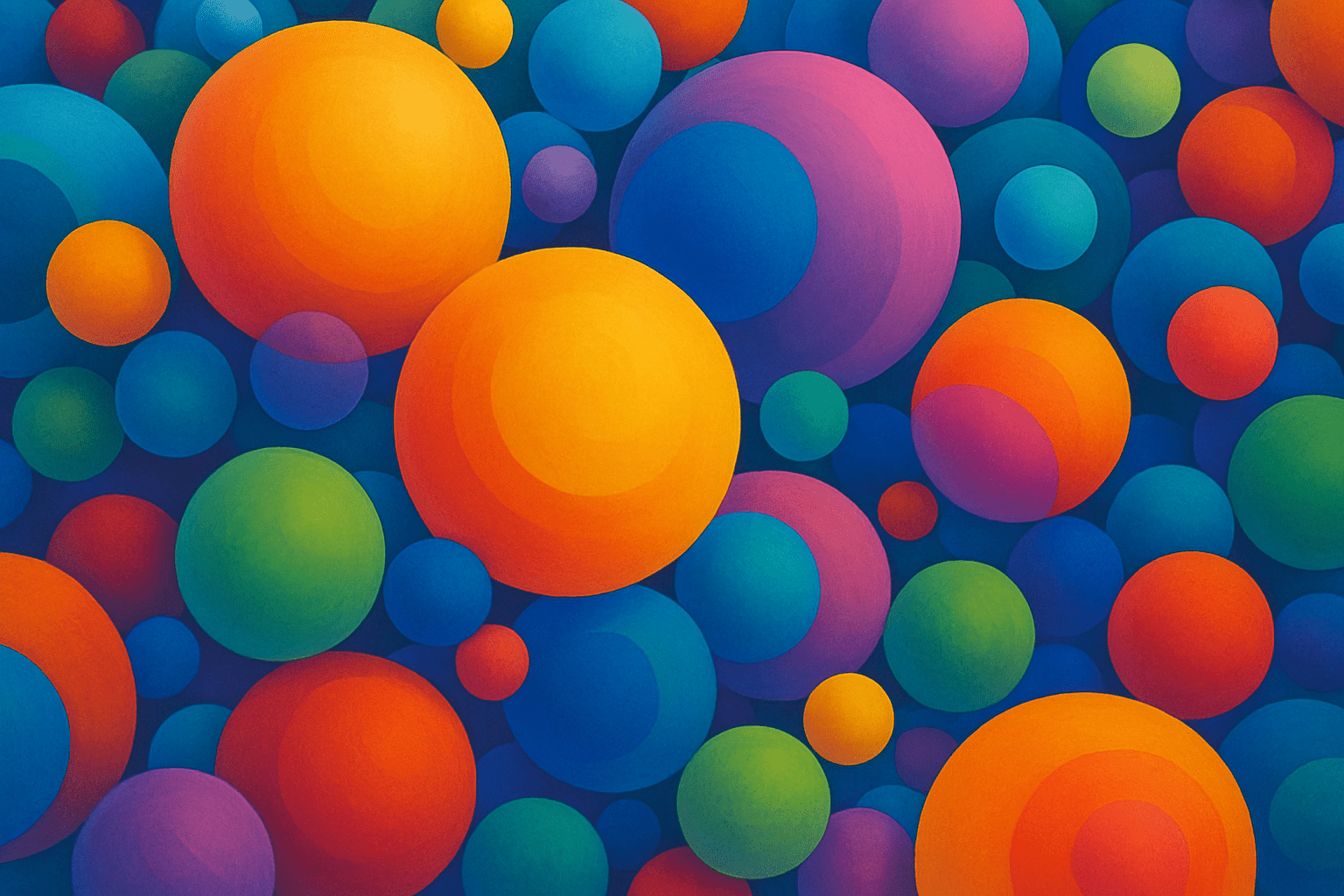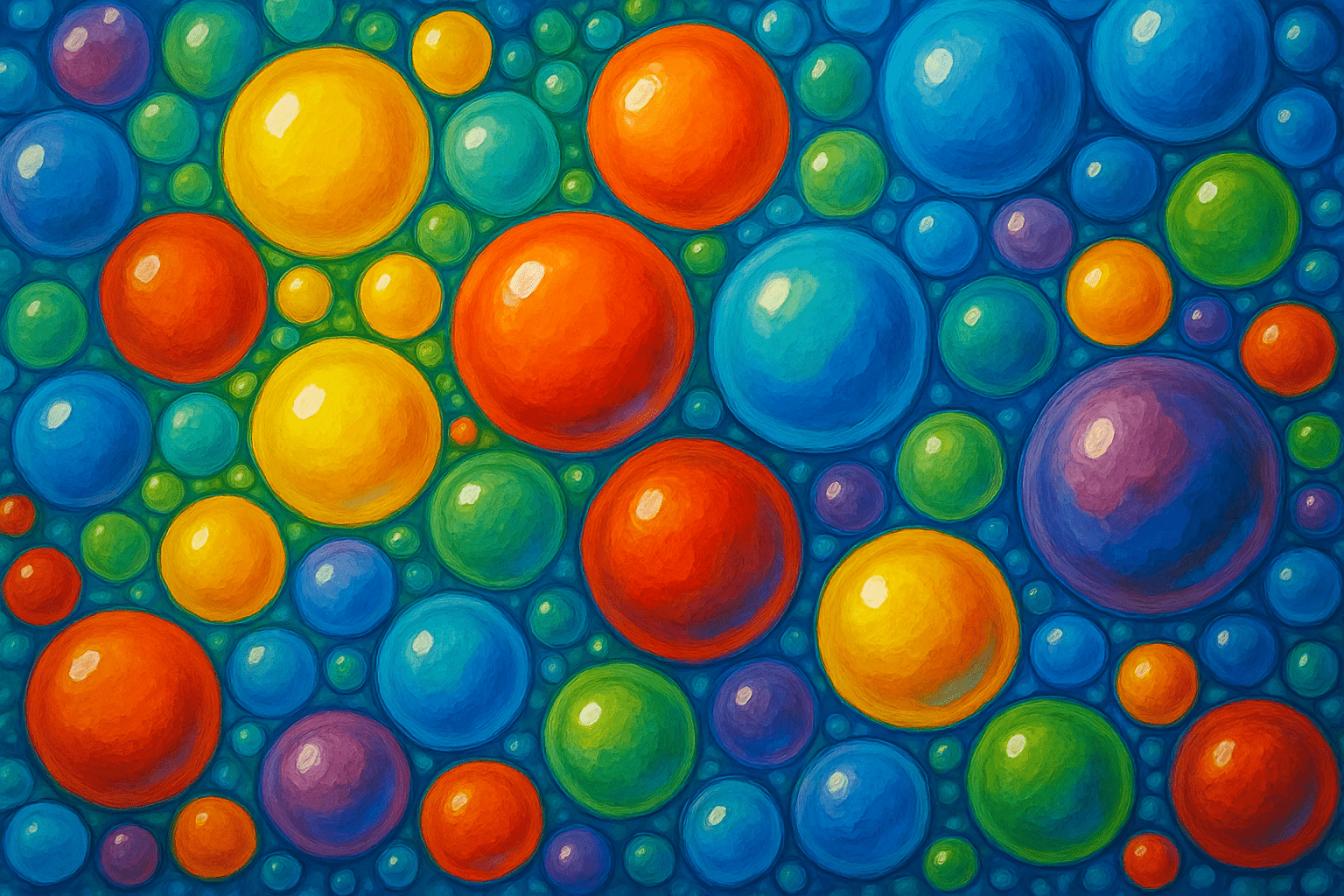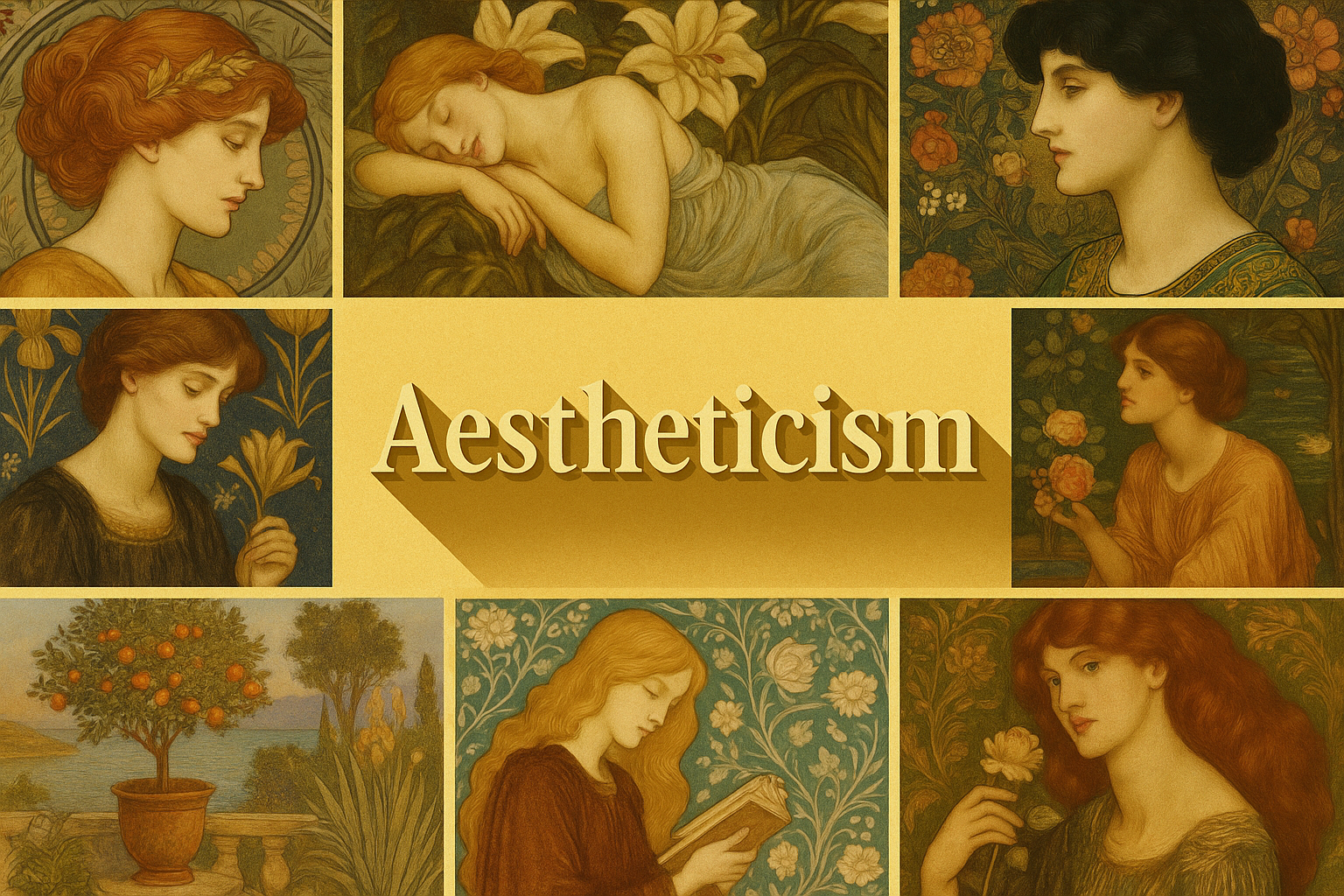
Aestheticism
Aestheticism is an art style that is characterized by its focus on the aesthetic value of art, rather than on its practical or political value. Aestheticism is often associated with the philosophy of art for art’s sake, which holds that the only purpose of art is to be beautiful, and that it is not to be used for any other purpose.
AOI thinking about Aestheticism [+_~]-/
Overview and Quickfacts
Aestheticism was an art movement that began in the late 1800s and lasted until the early 1900s. It emphasized the idea that art should be beautiful and that the artistÃÂÃÂs own pleasure was more important than the viewerÃÂÃÂs. Aestheticism was often used to describe the work of writers such as Oscar Wilde and James McNeill Whistler, as well as painters such as John Singer Sargent.
Can understand it also, as:
1. Art for art’s sake.
2. The doctrine that art should be valued for its own sake, not for its usefulness.
3. The belief that the value of art lies in its beauty or emotional power.
4. A focus on the sensual or emotional effects of art.
Categorize it as:
Impressionism, Modernism
.: Dreaming :.
holds a HAIKU for the art style
:. Thought is power .:
Detailed Description
Aestheticism was an art movement that began in the late 1800s. It emphasized the beauty of art, rather than its ability to convey a message or tell a story. Aestheticism was popular among artists who were interested in exploring new ways of creating art. Some of the most famous Aestheticism artists include James McNeill Whistler, Oscar Wilde, and Aubrey Beardsley. Whistler was an American painter who is best known for his painting “Arrangement in Grey and Black No. 1,” which is commonly referred to as “Whistler’s Mother.” Wilde was an Irish writer and poet who is best known for his plays “The Importance of Being Earnest” and “An Ideal Husband.” Beardsley was an English illustrator who is best known for his work on the publication “The Yellow Book.” Some of the most famous Aestheticism paintings include “The Kiss” by Gustav Klimt and “The Starry Night” by Vincent van Gogh. “The Kiss” is a painting of two people embracing, and it is considered to be one of the most romantic paintings in the world. “The Starry Night” is a painting of a night sky, and it is one of van Gogh’s most famous paintings.
.. beep, beep, beep ..
<START OF TRANSMISSION>
1. Aestheticism is a philosophical and artistic movement that emphasizes the aesthetic value of art and the importance of art in everyday life. 2. Aestheticism began in the late 18th century with the writings of German philosopher Immanuel Kant. 3. Kant argued that the purpose of art is not to instruct or moralize, but to please and delight. 4. Aestheticism reached its height in the late 19th century with the work of British writers such as Oscar Wilde and Walter Pater. 5. Wilde was the most famous exponent of the Aesthetic movement, and his work is characterized by an emphasis on beauty and art for art's sake. 6. Pater was a major influence on the development of Aestheticism, and his work is characterized by its highly stylized and intellectual prose. 7. Other important Aesthetic writers include the French novelist Joris-Karl Huysmans and the English poet and critic Algernon Charles Swinburne. 8. Aestheticism was also an important artistic movement, and its most prominent exponents include the painters James McNeill Whistler and Aubrey Beardsley. 9. The Aesthetic movement was strongly opposed by many Victorian critics, who saw it as a threat to morality and social order. 10. In the 20th century, Aestheticism was largely eclipsed by other philosophical and artistic movements, but its influence can still be seen in the work of many artists and writers.
<EOF>
.. robbel bob
Visual Examples from our image gallery
Coming soon, we are so slow .. might never come
Artists, Paintings, and more
(be aware, can be highly speculative)
Artists (be aware, speculation possible):
1. William Morris (1834-1896) 2. Edward Burne-Jones (1833-1898) 3. Dante Gabriel Rossetti (1828-1882) 4. John Ruskin (1819-1900) 5. Oscar Wilde (1854-1900) 6. James McNeill Whistler (1834-1903) 7. Frederic Leighton (1830-1896) 8. Albert Moore (1841-1893) 9. George Frederic Watts (1817-1904) 10. Edward Poynter (1836-1919) 11. Lawrence Alma-Tadema (1836-1912) 12. George Henry Boughton (1833-1905) 13. G. F. Watts (1817-1904) 14. J. W. Waterhouse (1849-1917) 15. Aubrey Beardsley (1872-1898) 16. Max Beerbohm (1872-1956) 17. William Holman Hunt (1827-1910) 18. John Everett Millais (1829-1896) 19. Dante Gabriel Rossetti (1828-1882) 20. Edward Robert Hughes (1851-1914) 21. Arthur Hacker (1858-1919) 22. Frank Dicksee (1853-1928) 23. George Henry Boughton (1833-1905) 24. John William Waterhouse (1849-1917) 25. Evelyn De Morgan (1855-1919) 26. Charles Edward Perugini (1839-1918) 27. John Singer Sargent (1856-1925) 28. Frederic Lord Leighton (1830-1896) 29. Hubert von Herkomer (1849-1914) 30. Lawrence Alma-Tadema (1836-1912)
Artworks (be aware, speculation possible)
1. “The Hay Wagon” by Jules Breton (1872) 2. “The Gleaners” by Jean-Francois Millet (1857) 3. “The Potato Eaters” by Vincent van Gogh (1885) 4. “The Third of May 1808” by Francisco Goya (1814) 5. “The Raft of the Medusa” by Theodore Gericault (1819) 6. “The Death of Marat” by Jacques-Louis David (1793) 7. “The Death of Socrates” by Jacques-Louis David (1787) 8. “Napoleon Crossing the Alps” by Jacques-Louis David (1801) 9. “The Oath of the Horatii” by Jacques-Louis David (1784) 10. “The Sabine Women” by Jacques-Louis David (1799) 11. “Olympia” by Edouard Manet (1863) 12. “DÃÂéjeuner sur l’herbe” by Edouard Manet (1863) 13. “Le Bain” by Edouard Manet (1863) 14. “The Fifer” by Edouard Manet (1866) 15. “A Bar at the Folies-Bergere” by Edouard Manet (1882) 16. “The Luncheon in the Grass” by Claude Monet (1866) 17. “The Haystacks” by Claude Monet (1891) 18. “The Poppy Field” by Claude Monet (1873) 19. “The Water Lilies” by Claude Monet (1899) 20. “The Cathedral of Rouen” by Claude Monet (1894) 21. “Impression, Sunrise” by Claude Monet (1872) 22. “The Walk” by Pierre-Auguste Renoir (1876) 23. “Luncheon of the Boating Party” by Pierre-Auguste Renoir (1881) 24. “Dance at Le Moulin de la Galette” by Pierre-Auguste Renoir (1876) 25. “The Swing” by Pierre-Auguste Renoir (1876) 26. “The Bathers” by Pierre-Auguste Renoir (1884) 27. “The Young Girls by the Sea” by Paul Cezanne (1887) 28. “The Card Players” by Paul Cezanne (1890-92) 29. “Bouquet of Flowers” by Paul Cezanne (1895) 30. “Still Life with Fruit and a Carafe” by Paul Cezanne (1896-97)
Epoch
Aestheticism was an art movement that began in the late 1800s and lasted until the early 1900s.
AI ART RESSOURCES (AKA, well Tools)
Helping tools -> predefined search links on other pages:
